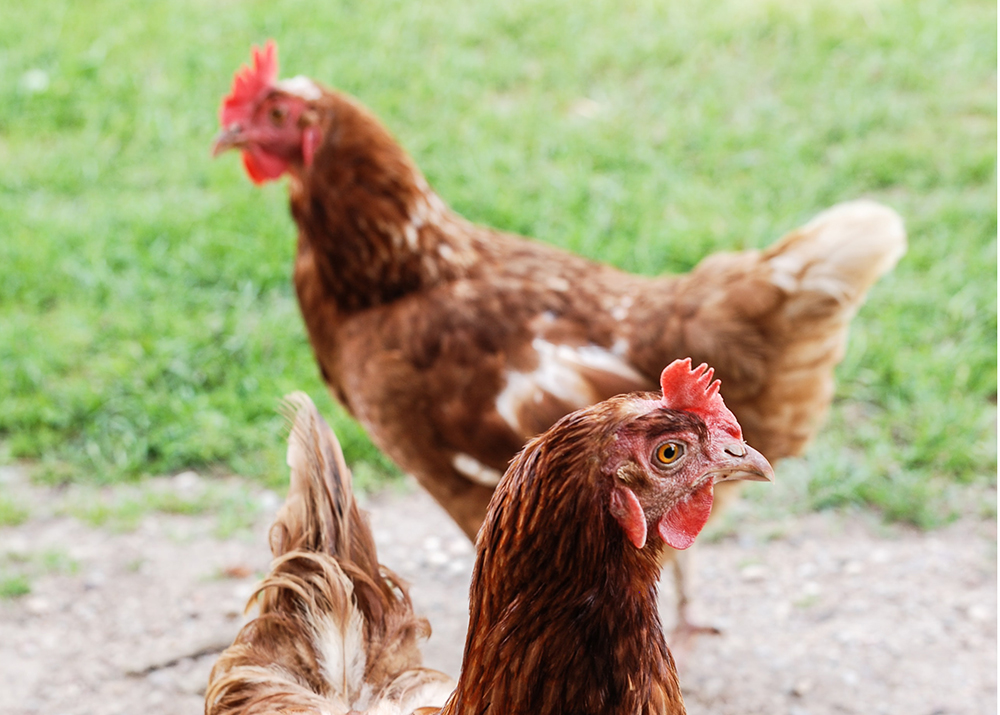The United States is experiencing its worst avian flu epidemic in years, Bloomberg reports. A new strain with “a near 100 percent mortality rate,” which has killed more than 36 million domestic birds—including chickens, ducks, and turkeys—is also causing harm to humans in a variety of ways.
Тhe strain is so infectious that a single case discovered in a turkey farmer’s barn would necessitate the slaughter of the whole flock, according to a PBS NewsHour report, cited in Good Day BIO. Farmers are suffering from the financial impact, and so are consumers, as well, as increased chicken and egg costs add to the burden of global food price and supply concerns.
While the risk to human health is currently low, at least one individual in the United States has been infected with bird flu, Bio.News reported last week. This case does not change the CDC’s low-risk estimate for the broader public, the CDC said, adding that those who have had occupational or recreational exposure to sick birds should follow the CDC’s guidelines.
One Health agenda to combat avian flu
According to recent research published in Nature, “climate and land use change will offer unique chances for viral exchange across formerly geographically separated species of animals.” The findings underline the critical need to combine viral monitoring and discovery efforts with biodiversity surveys tracking species’ range alterations, particularly in tropical regions with the most zoonoses and rapid warming.
A One Health agenda that acknowledges the connections between human, animal, and environmental health will help, says the Biotechnology Innovation Organization (BIO)—“and we need to use biotech techniques like gene editing to make animals disease resistant in the first place.”




